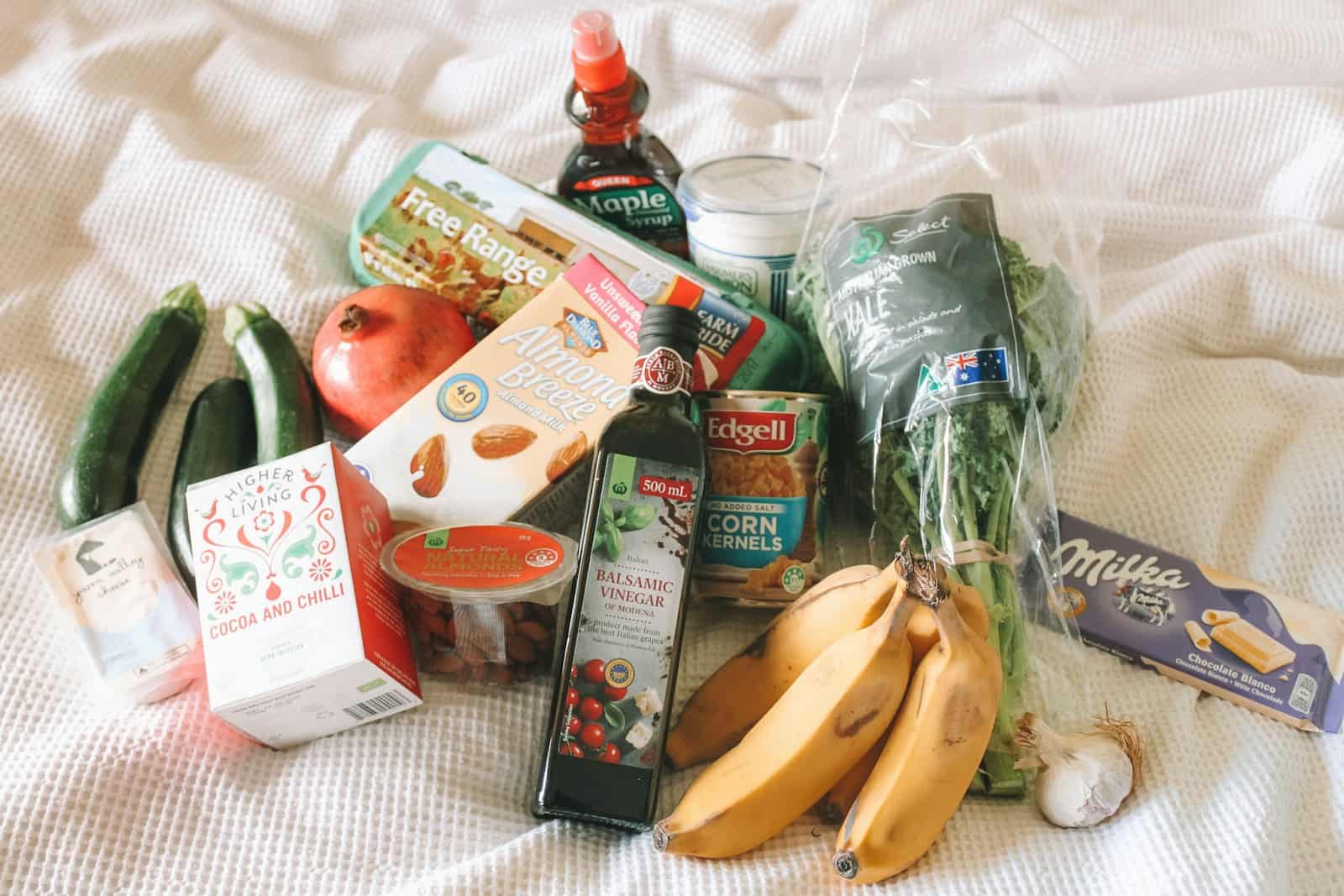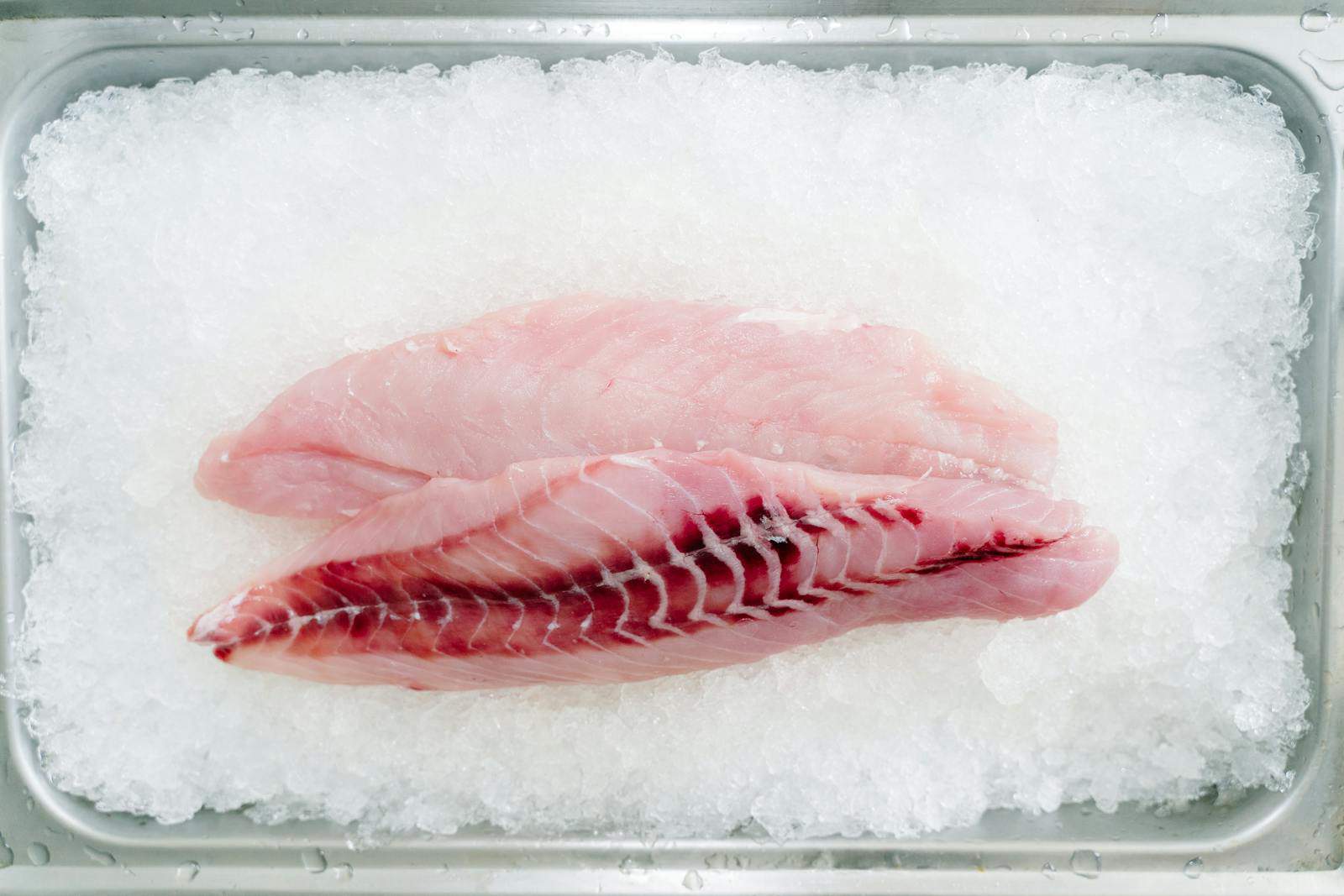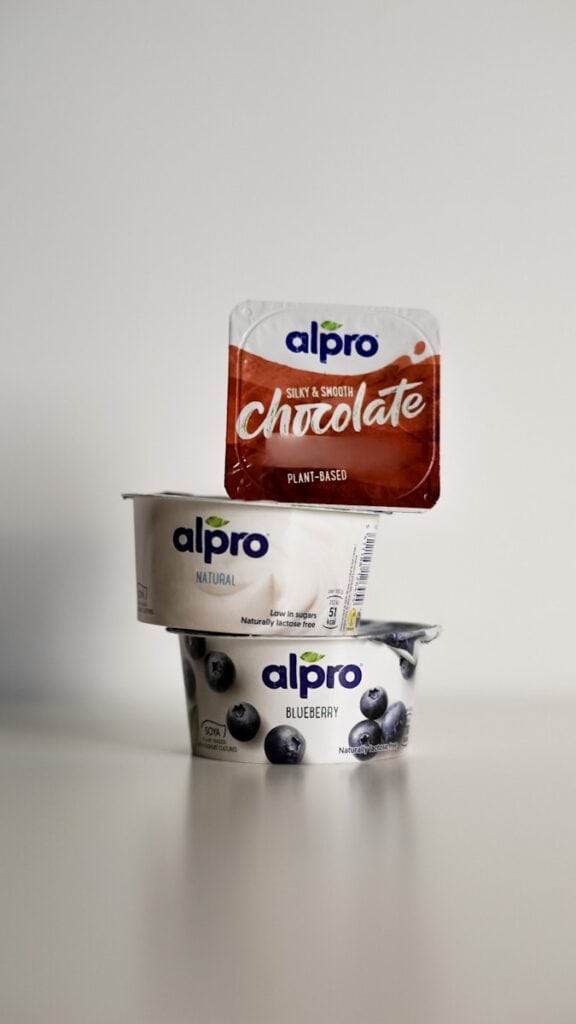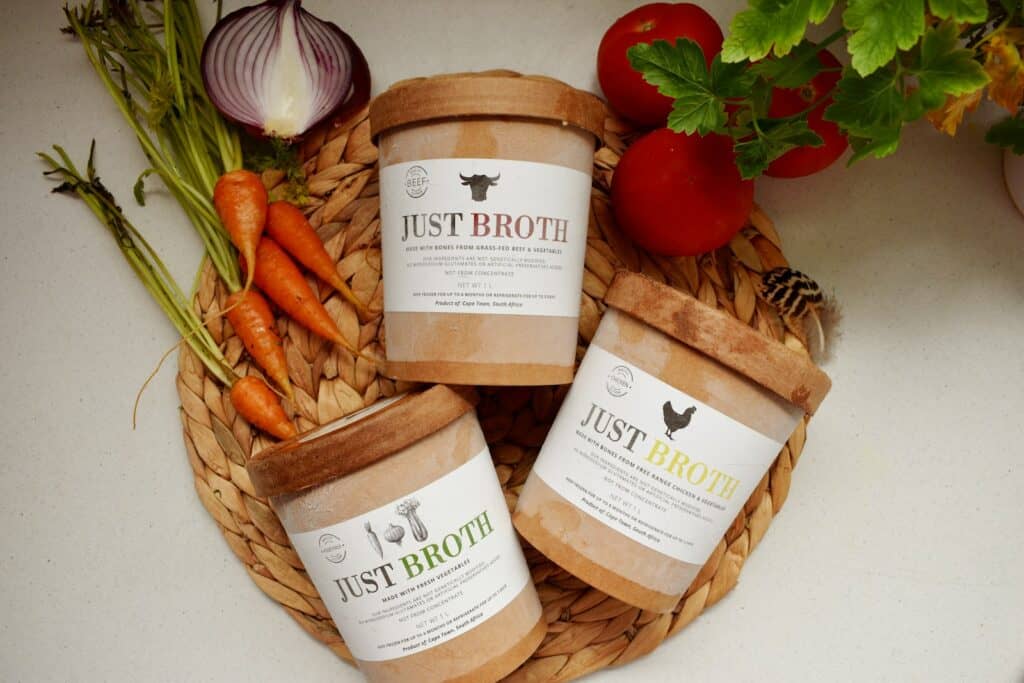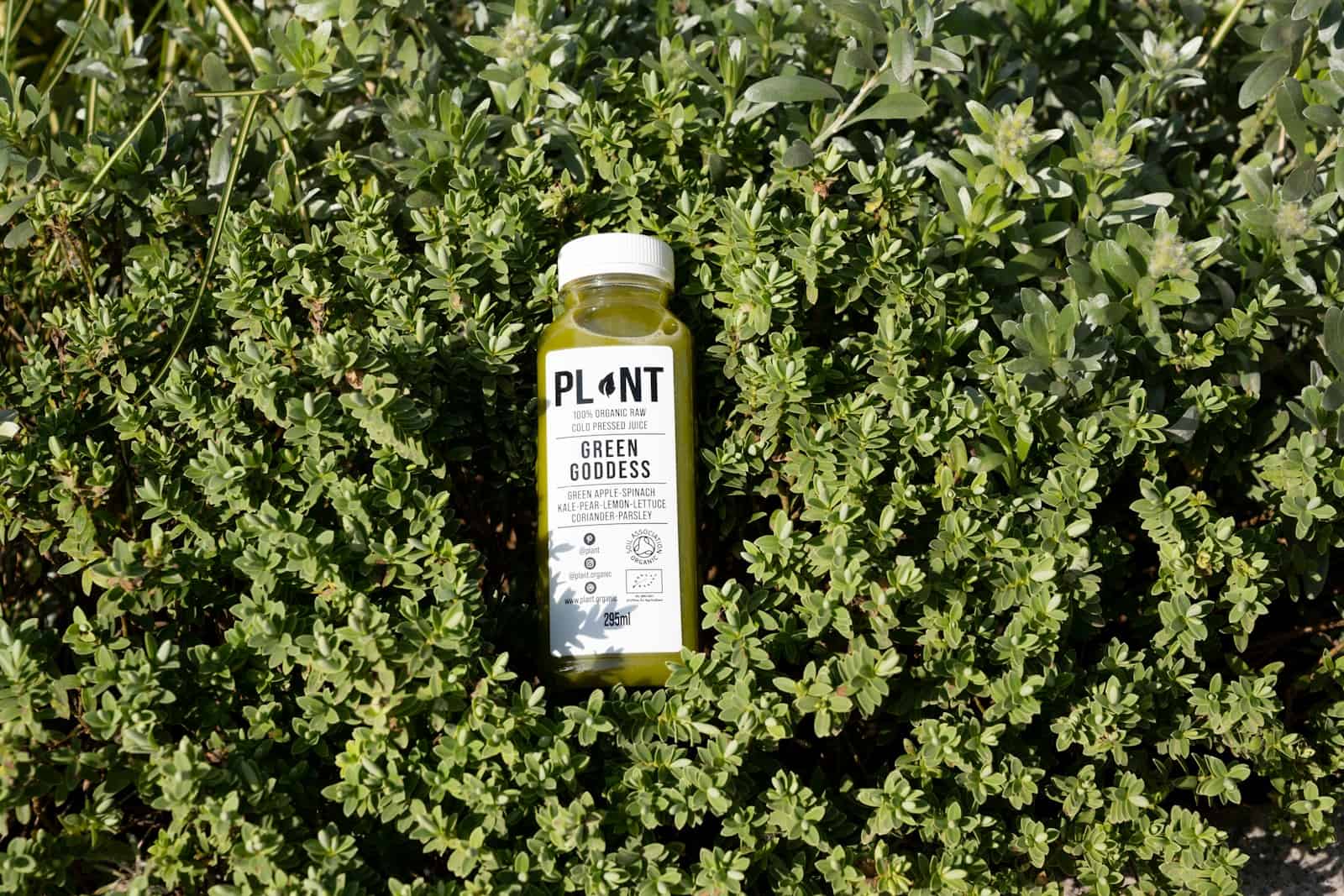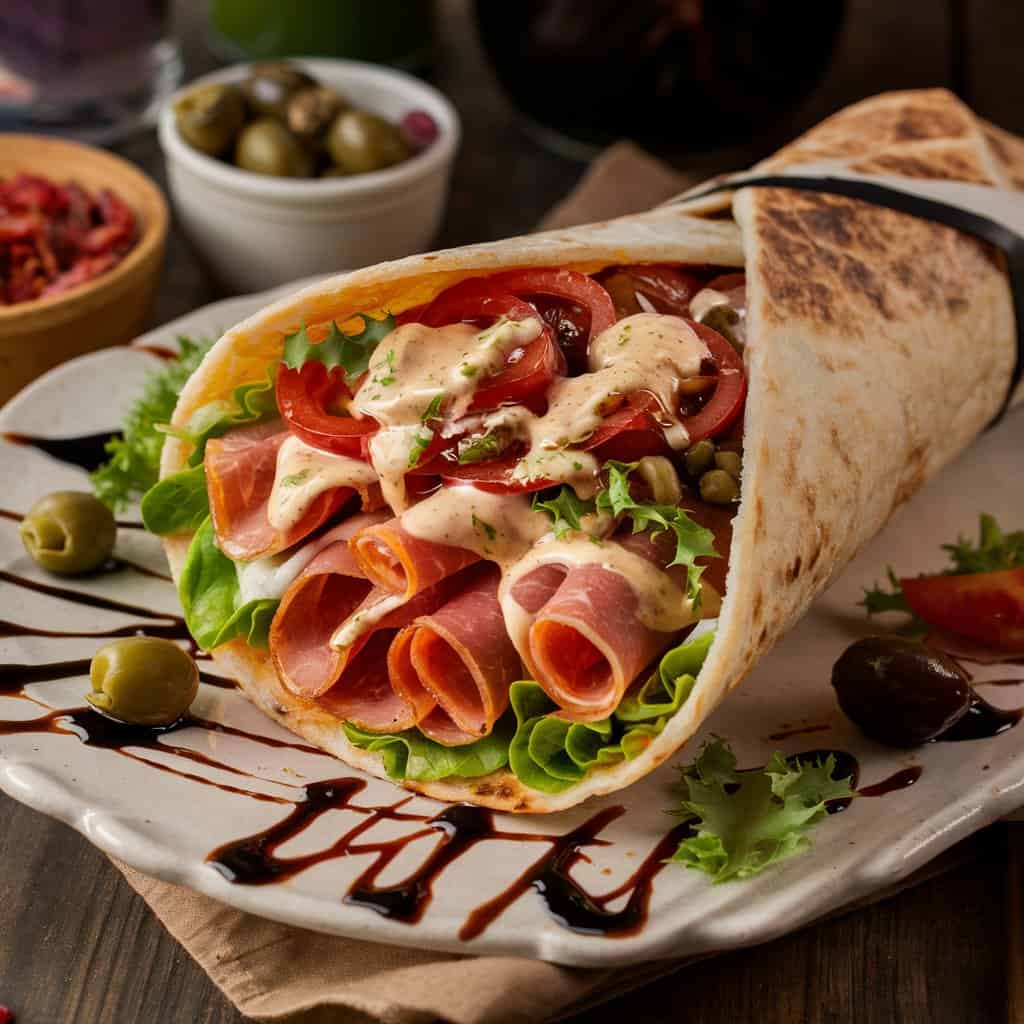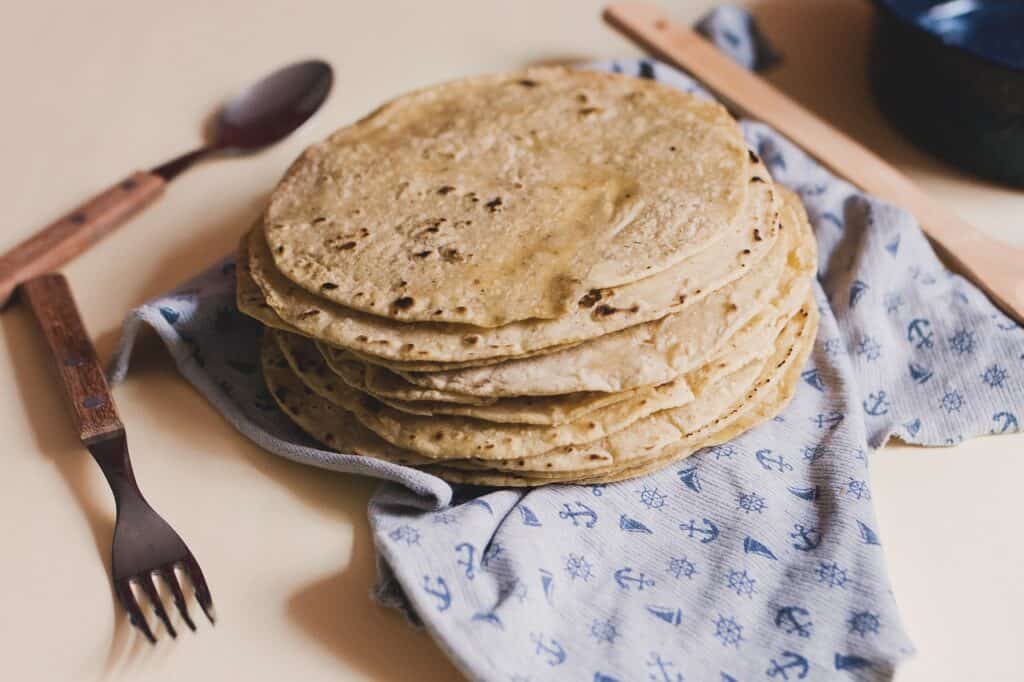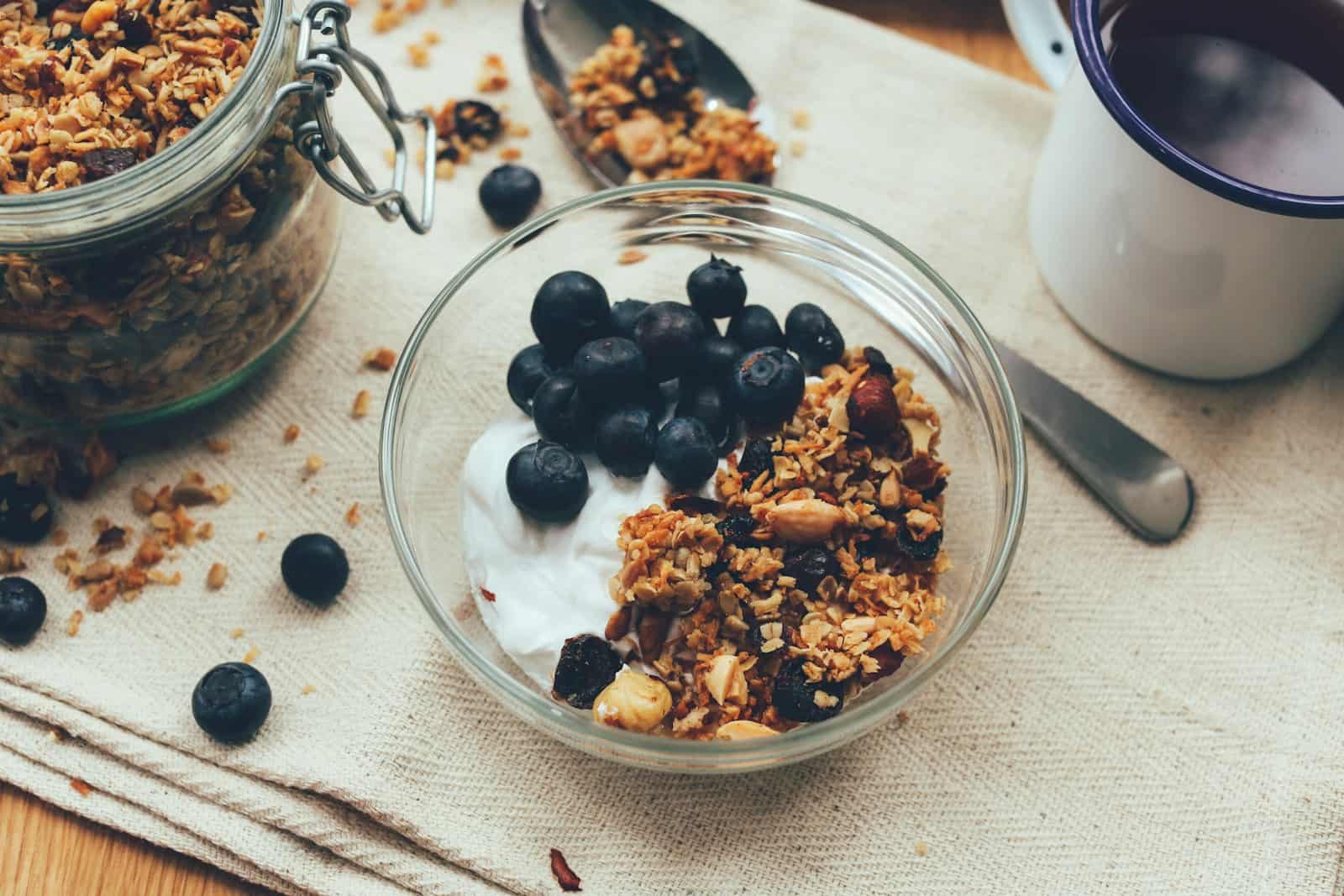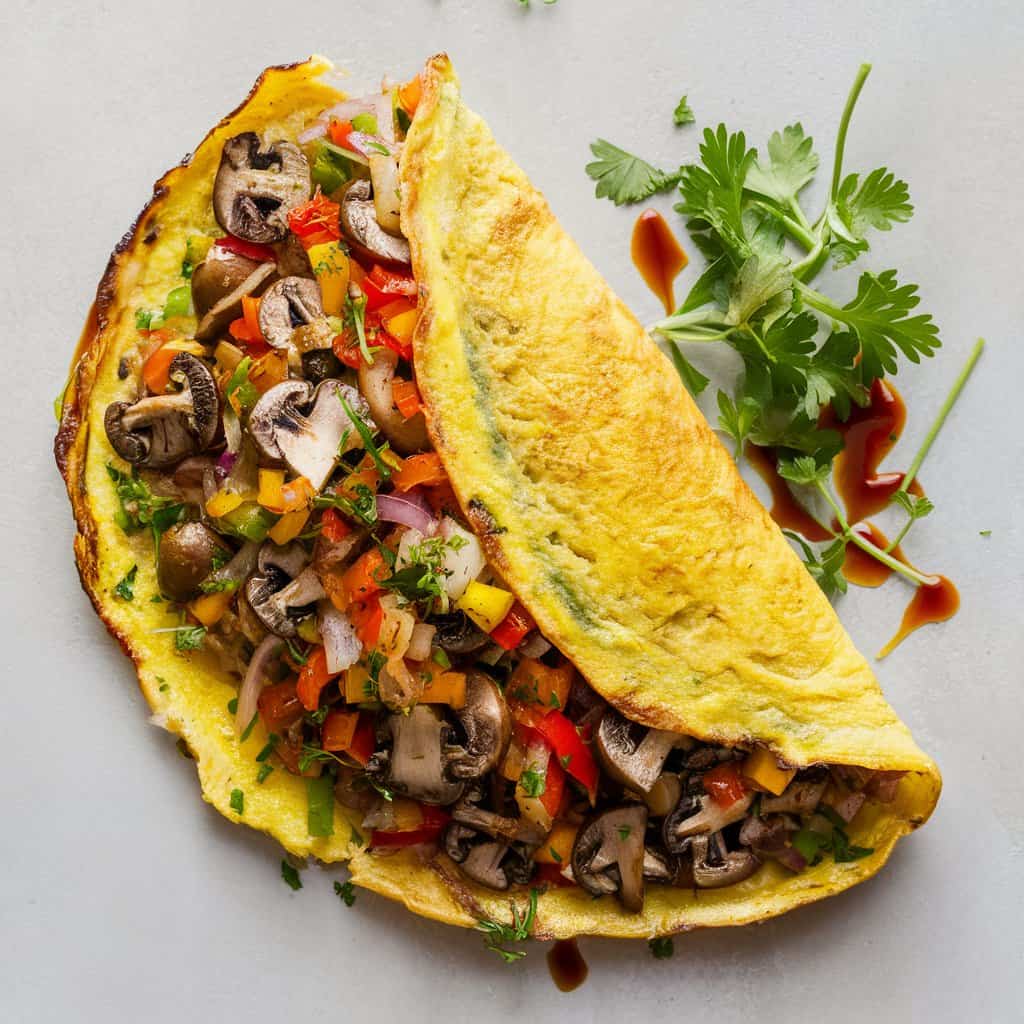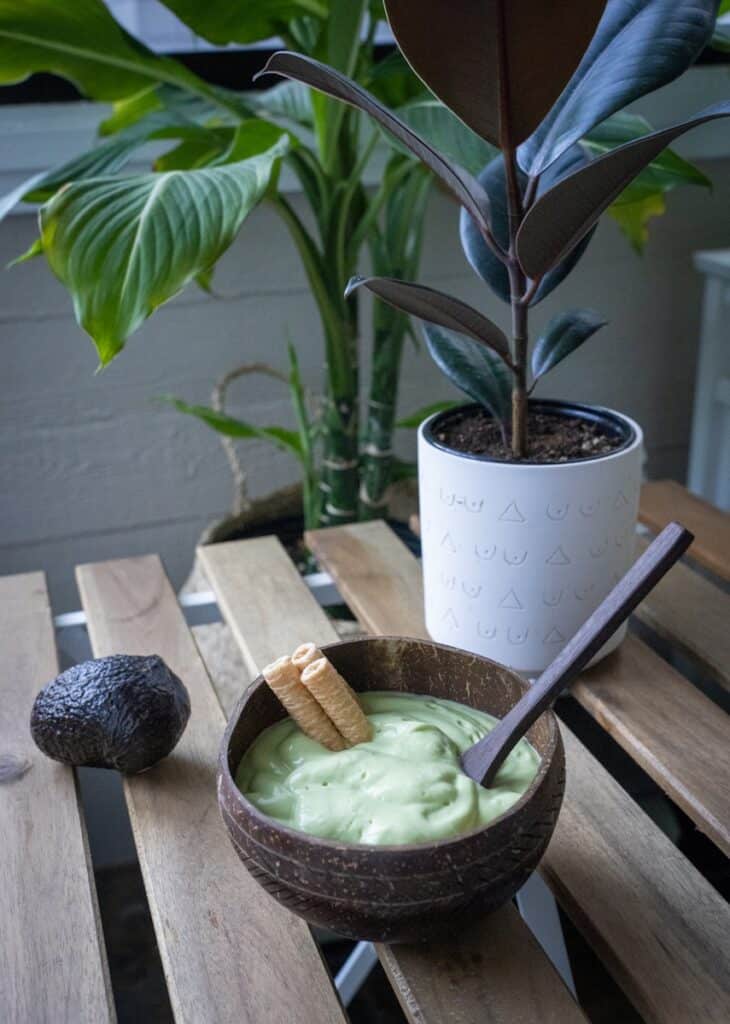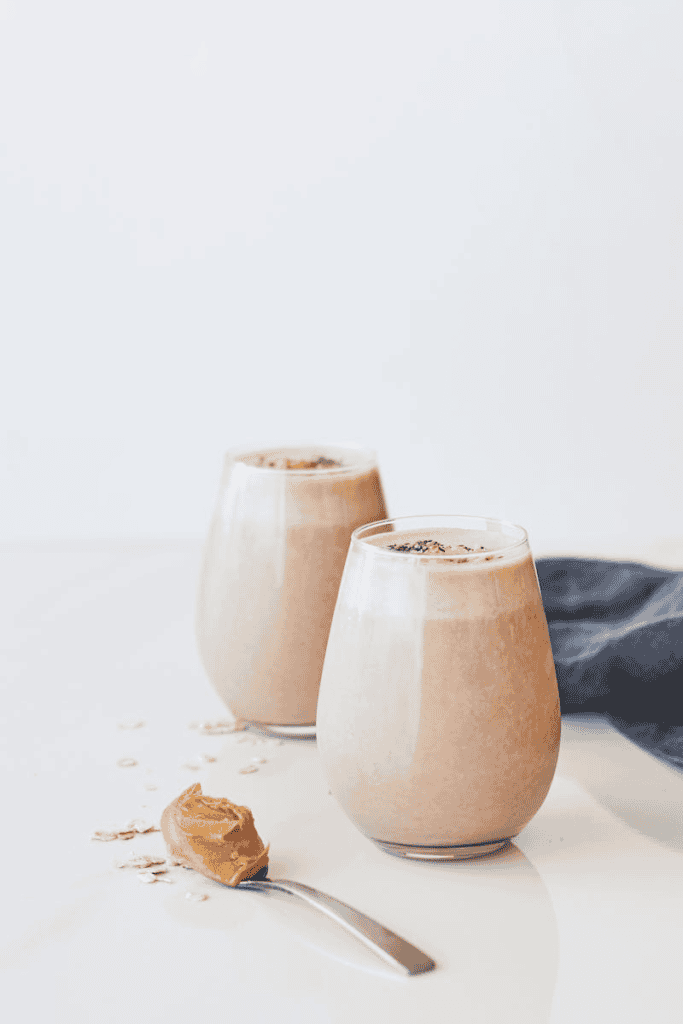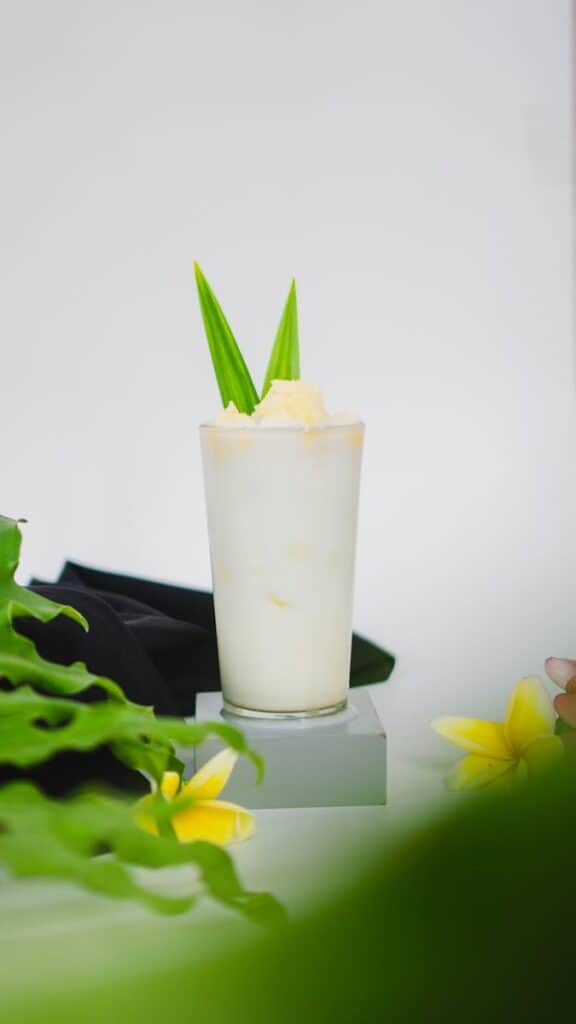After a workout, your body needs fuel to repair muscles and restore energy. The right meal speeds up recovery and helps you get stronger.
If you’re cutting carbs, you still have plenty of tasty options that support muscle repair without slowing you down.
On this blog post, we’ll covers the best post-workout low-carb meals that are packed with protein, healthy fats, and essential nutrients.
Let’s get into it!
1. Grilled Chicken with Avocado and Spinach
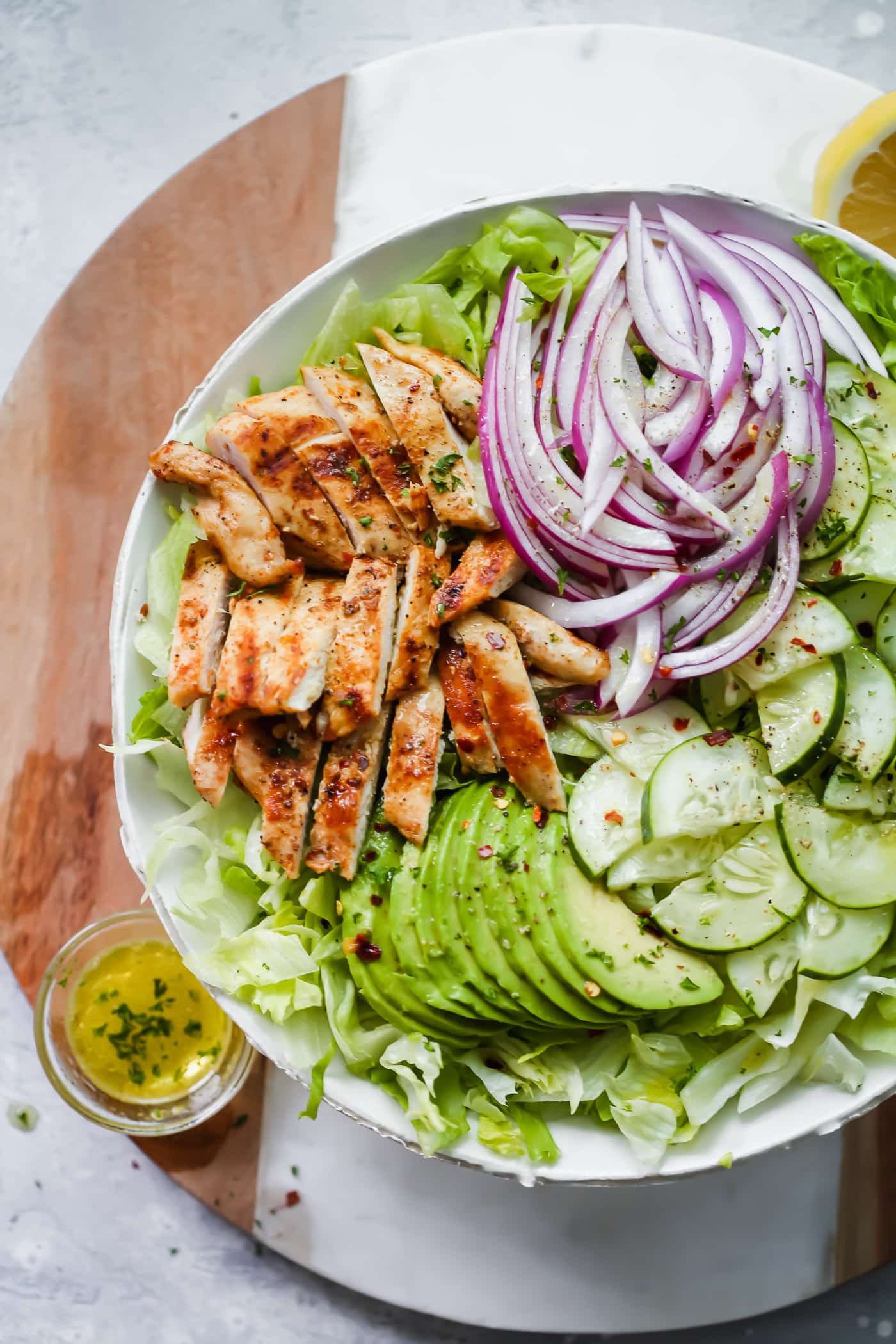
Protein helps rebuild muscles, and chicken delivers plenty of it. Grilled chicken breast keeps it lean, while avocado adds healthy fats that reduce inflammation.
Spinach provides iron, which helps oxygen reach your muscles faster. Toss everything in olive oil and lemon juice for extra flavor and nutrients. Want more variety?
Swap chicken for turkey or salmon.
2. Egg and Veggie Scramble
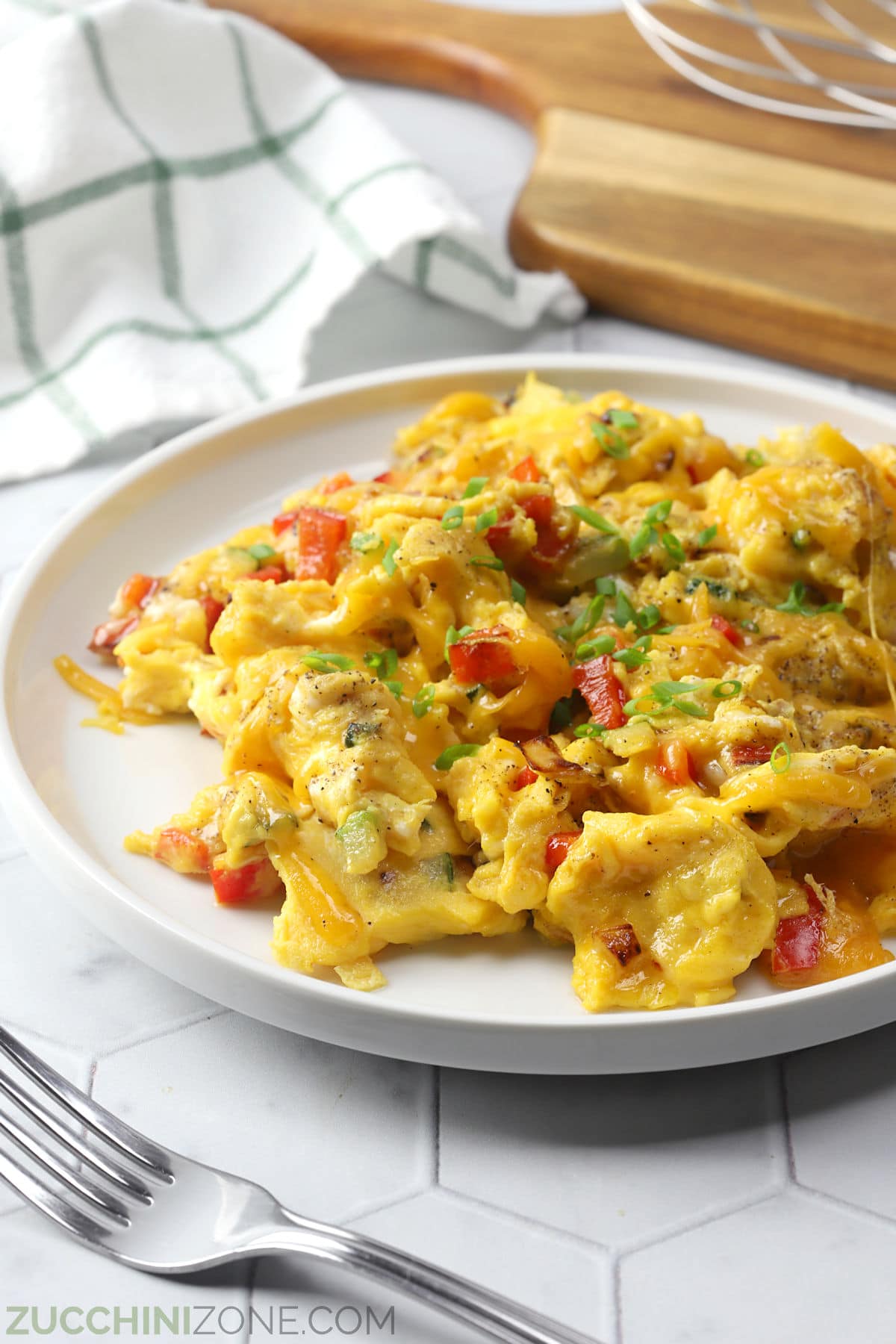
Eggs pack a serious protein punch. Scrambling them with spinach, bell peppers, and onions makes for a balanced meal. Cook in a bit of butter or coconut oil to add healthy fats that boost recovery.
If you need more protein, throw in some cheese or diced chicken. This meal is quick, filling, and works any time of the day.
3. Salmon with Roasted Asparagus
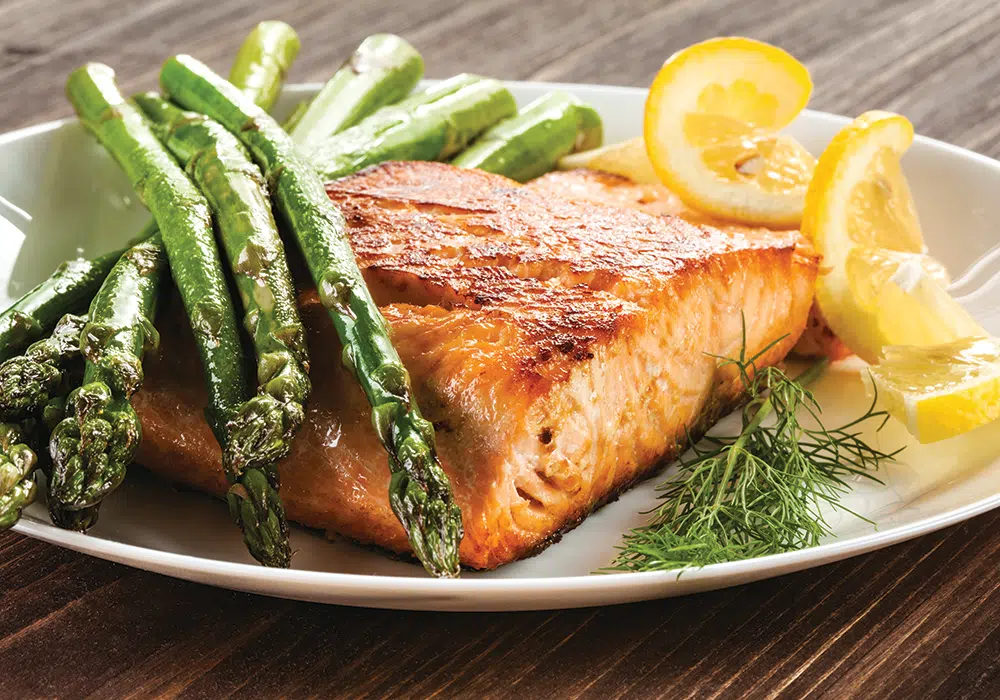
Salmon brings omega-3s and high-quality protein, making it one of the best foods for muscle recovery. Asparagus keeps carbs low while adding fiber and essential vitamins.
Roast both with a drizzle of olive oil and a pinch of sea salt for a simple, satisfying meal. Need more calories? Add a side of mashed cauliflower or a handful of almonds.
4. Greek Yogurt with Nuts and Berries
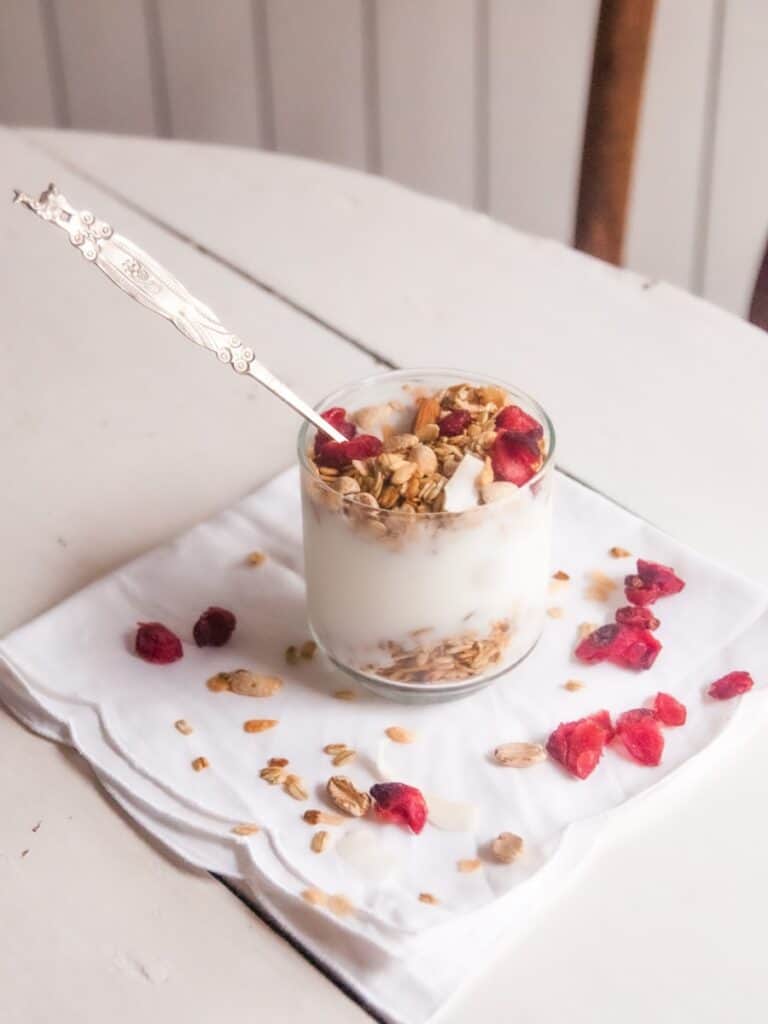
Sometimes, a lighter meal works best. Greek yogurt offers casein protein, which slowly releases amino acids to repair muscles overnight.
A handful of nuts provides healthy fats, while a few berries add antioxidants to fight inflammation.
This combo works well as a quick snack or a meal when you’re short on time.
5. Tuna Salad with Avocado Mayo
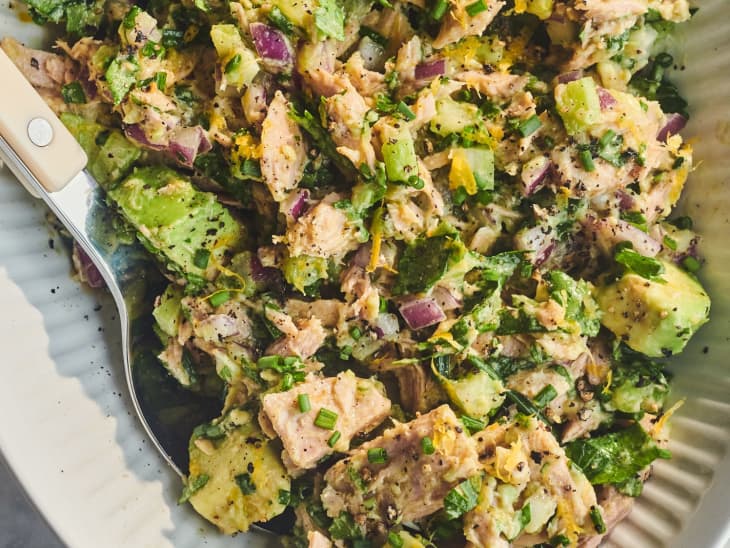
Skip store-bought mayo and mash avocado into canned tuna for a creamy, low-carb dressing. This mix delivers protein, omega-3s, and fiber in one easy dish.
Add diced celery, cucumbers, and a sprinkle of black pepper for crunch and flavor. Serve it on lettuce wraps or eat it straight from the bowl.
6. Steak and Sautéed Mushrooms

Steak gives you iron and complete protein, both essential for recovery. Mushrooms bring extra nutrients and immune-boosting properties. Sauté them in butter and garlic for rich flavor.
Pair with a side of roasted Brussels sprouts or zucchini noodles to round out the meal without adding extra carbs.
7. Cottage Cheese with Chia Seeds and Walnuts
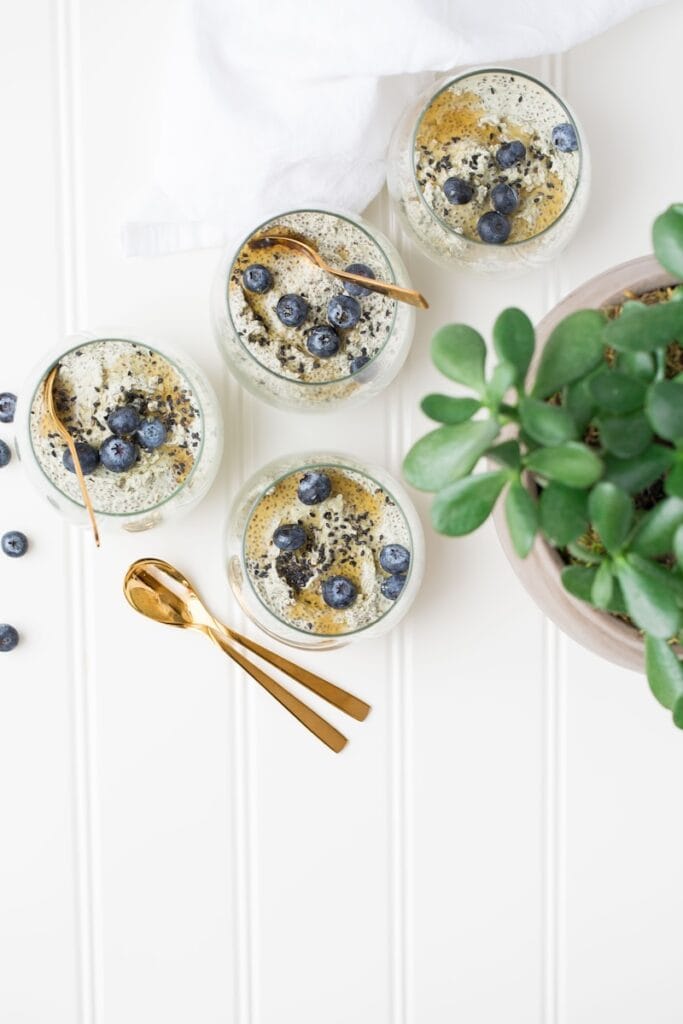
Cottage cheese delivers casein protein, which helps muscles recover while you rest. Chia seeds add fiber and omega-3s, while walnuts bring healthy fats. Mix everything together for a creamy, nutrient-packed meal.
For extra flavor, toss in a dash of cinnamon or a few blueberries.
8. Zucchini Noodles with Pesto and Grilled Chicken
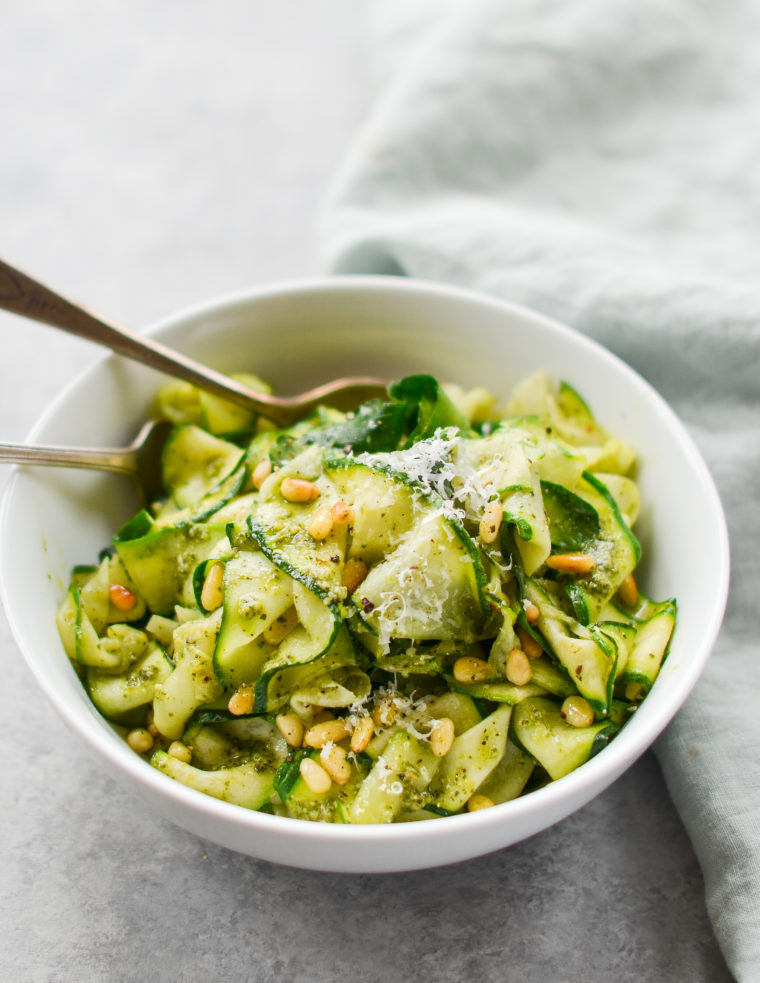
Zucchini noodles offer a great low-carb alternative to pasta. Toss them with homemade pesto made from basil, garlic, olive oil, and parmesan cheese.
Top with grilled chicken for a high-protein, satisfying meal. If you need more fats, sprinkle in some pine nuts or add a slice of avocado on the side.
9. Omelet with Cheese and Smoked Salmon
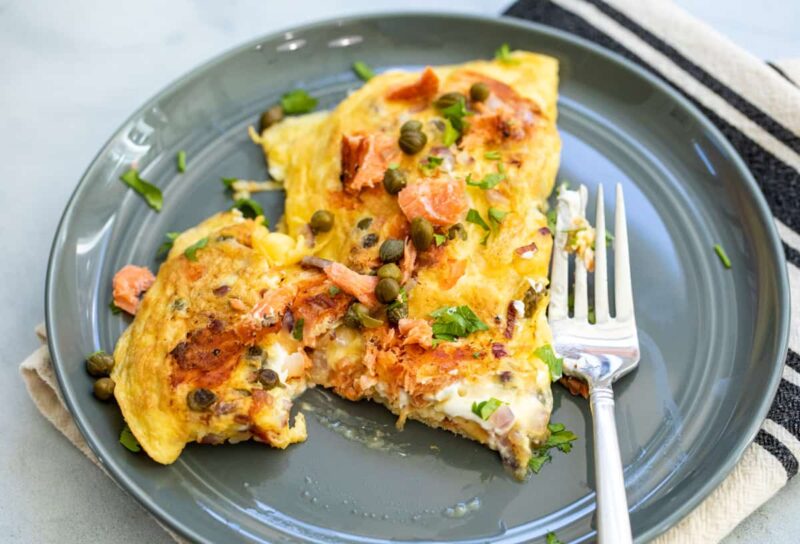
This protein-packed meal keeps things simple. Eggs, smoked salmon, and cheese work together to provide essential nutrients for recovery.
The healthy fats from salmon and cheese help keep you full while aiding muscle repair. Serve with a side of sautéed spinach or sliced avocado for extra vitamins and minerals.
10. Cauliflower Rice Stir-Fry with Shrimp

Cauliflower rice keeps it low-carb while shrimp provides lean protein. Sauté both in coconut oil with garlic, ginger, and soy sauce for a flavorful meal.
Add in bell peppers and mushrooms for extra crunch. This dish is quick to make and packed with everything your body needs after a tough workout.
Final Thoughts
Eating the right food after a workout speeds up recovery and keeps your body strong. Protein, healthy fats, and nutrient-dense veggies work best, while low-carb meals keep energy levels steady.
From grilled chicken to zucchini noodles, these meals help you stay on track.
Looking for more meal ideas? Check out our previous post on quick and refreshing low-carb snack! Got a favorite post-workout meal? Share it in the comments below!
Your body works hard during exercise—give it the fuel it needs to perform at its best.
Stick with smart food choices, and you’ll feel stronger, recover faster, and stay energized for your next workout!
